Traditional Chinese 任詠華 Simplified Chinese 任咏华 | Hanyu Pinyin Name Vivian Yam | |
 | ||
Professor vivian wing wah yam laureate of the l or al unesco 2011 for women in science awards
Professor Vivian Wing-Wah Yam (born 10 February 1963) CSci, CChem, FRSC, is a chemist from Hong Kong. The youngest member to be elected to the Chinese Academy of Sciences (as of 2013), she was a 2011 L'Oréal-UNESCO Awards for Women in Science laureate "for her work on light-emitting materials and innovative ways of capturing solar energy."
Contents
- Professor vivian wing wah yam laureate of the l or al unesco 2011 for women in science awards
- EmTech HK 2017 Molecular Functional Materials by Prof Vivian Wing Wah YAM HKU
- Life
- Application
- Other awards
- References
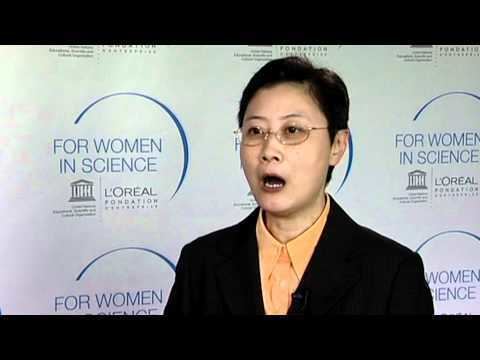
EmTech HK 2017 – Molecular Functional Materials by Prof. Vivian Wing Wah YAM, HKU
Life
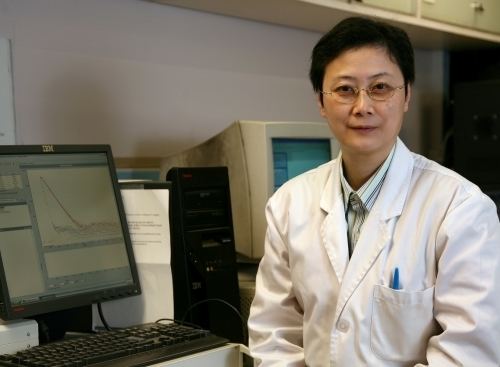
Yam was born in British Hong Kong. Her father was a civil engineer, although Yam says that neither he nor her mother steered her towards her career. Yam cites being intrigued by the sight of mercury and a workaholic and pregnant biology teacher who taught her up to the very last minute.
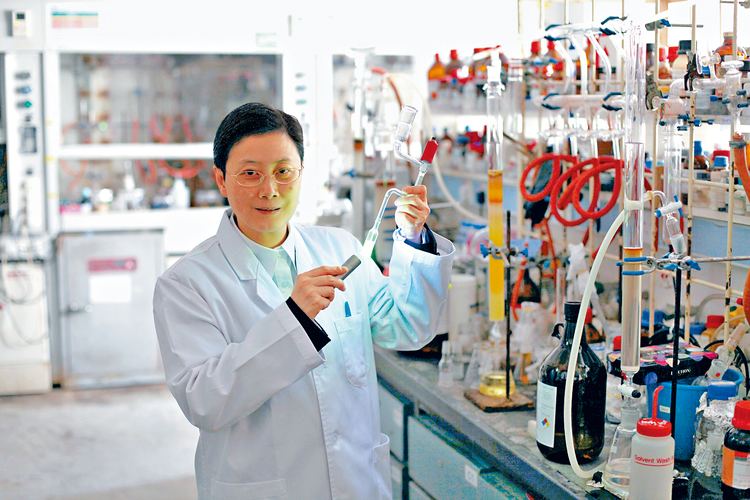
Yam attended an Anglican grammar school. She received her B.Sc in Chemistry (1985) and PhD (1988) degrees at the University of Hong Kong (HKU) where she was on the badminton team, studying under Chi-Ming Che. She married Patrick Shing-Tat whom she met in Che's laboratory and they conducted research together. In 1988, she became a junior faculty member at the Department of Applied Science, City Polytechnic of Hong Kong; at the time, there were no facilities at all for teaching chemistry. She helped with establishing the first chemistry books in the library as well as ordering the first beakers and chemicals. Yam's work took her to Caltech in the late 1980s. After a spell at the University of Rochester in 1990 she went to study at the Imperial College London in 1991 and stayed until 1992. She worked with the Nobel laureate Geoffrey Wilkinson. Her research turned to organometallic synthesis "studying the luminescence of complexes with metal–metal interactions". She worked with tetraethyllead which at the time was not a banned additives for petrol. This work was on the border between organic and inorganic chemicals.
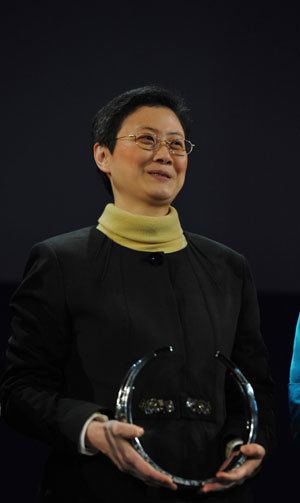
Yam has been associated particularly with the elements osmium, platinum and ruthenium. She joined the HKU faculty in 2001 where she is the Philip Wong Wilson Wong Professor of Chemistry and Energy. Yam became a Fulbright Scholar in 2007.
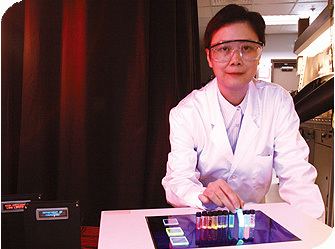
Yam was elected to the Chinese Academy of Sciences in 2001, becoming the youngest member. The previous holder of this record was, Che, Yam's earlier mentor. She was elected a Fellow of the Academy of Sciences for the Developing World in 2006 and a member of the Foreign Associate of National Academy of Sciences in 2012.
Application
Yam's research deals with organic light emitting diodes which are brighter and more efficient that the older light emitting diodes; her chemistry has enabled much more efficient displays to be created for mobile phones and laptops. These OLEDs can be deposited on clear plastic, glass or more unusual materials to also create improved car headlamps and larger flat television screens. Yam quotes that nearly a fifth of the world's power is used to create lighting. Creating more efficient lighting will significantly effect the world's power consumption. She believes internal quantum theory indicates that we may develop lamps based on metal containing chemicals that are 100% efficient.
Other awards
Her awards include the HKU Outstanding Researcher Award (1999–2000), Croucher Foundation Senior Research Fellow (2000–01), Ten Outstanding Young Persons of Hong Kong in 2002, Outstanding Women Professionals and Entrepreneurs Awards (2005), State Natural Science Award (Second Class Prize, 2005), the Royal Society of Chemistry Centenary Lectureship & Medal (2005/06), and the Japanese Photochemistry Association Lectureship Award for Asian and Oceanian Photochemist Eikohsha Award, (2006), HKU Distinguished Research Achievement Award (2006/07), Hong Kong Outstanding Women Professionals and Entrepreneurs Award (2008), Ho Leung Ho Lee Foundation Prize for Scientific and Technological Progress (2011), the L'OREAL-UNESCO for Women in Science Award (2011), the 13th World Outstanding Chinese Award (2013). and the Royal Society of Chemistry's Ludwig Mond Award (2015).
